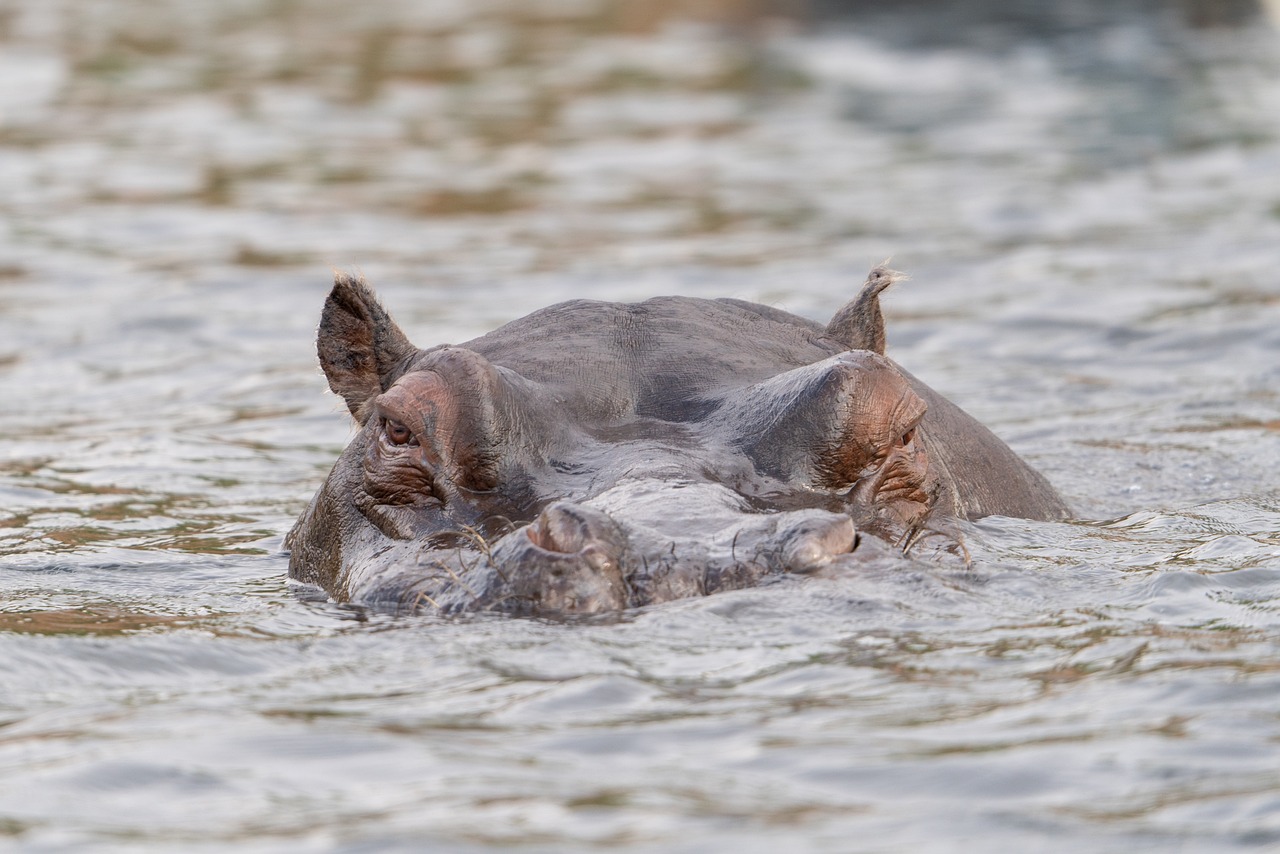1. The World's Second-Largest Diamond Was Found in Botswana
In 2015, the Lucara Karowe mine in Botswana unearthed a 1,111-carat diamond, the second-largest gem-quality diamond ever discovered. Named "Lesedi La Rona," which means "Our Light" in Tswana, this remarkable find highlights Botswana's significance in the global diamond industry.
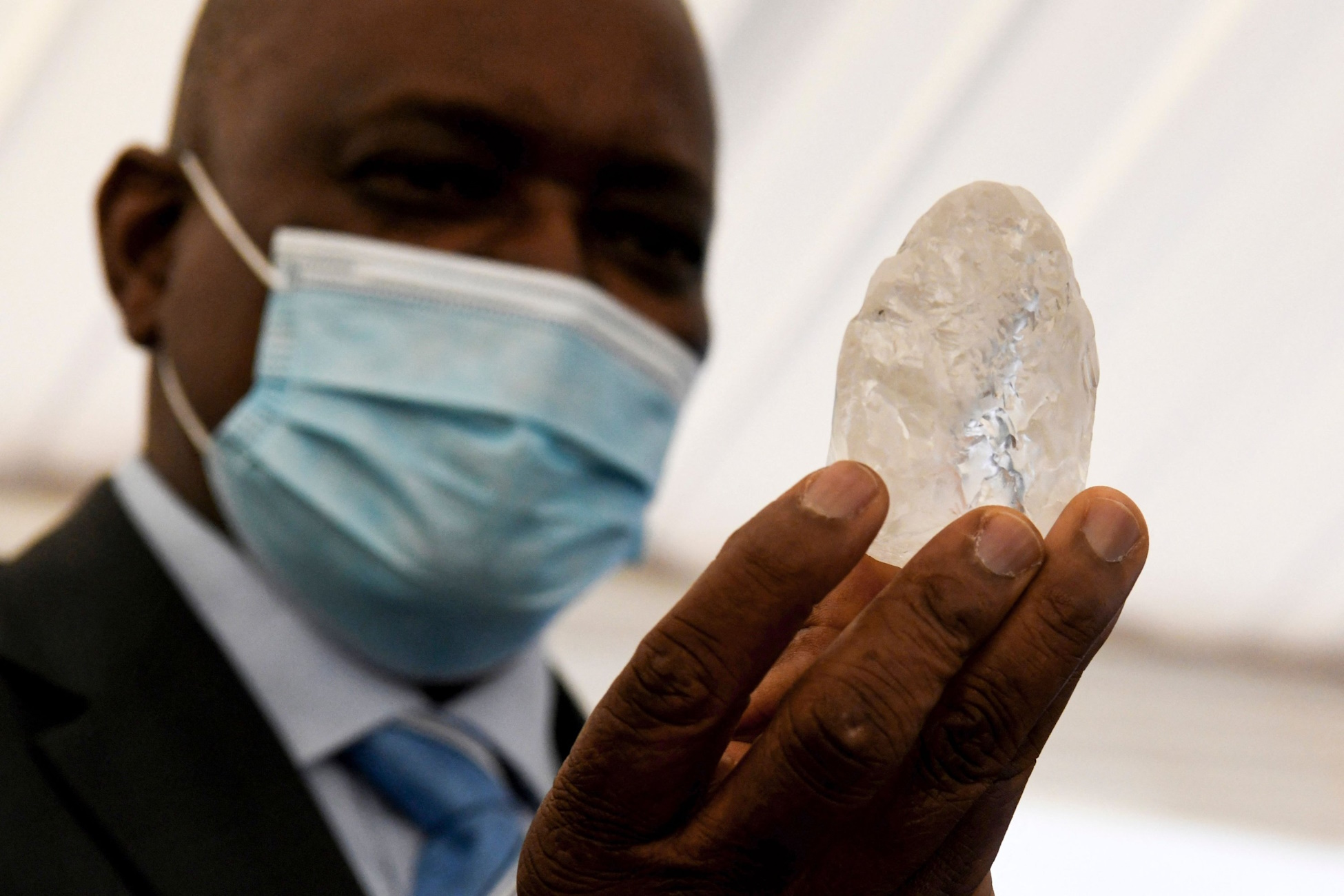
2. Botswana Has the World's Largest Elephant Population
With an estimated 130,000 elephants, Botswana is home to the world's largest population of African elephants. This success is largely due to the country's strong conservation efforts and low human population density, allowing these magnificent creatures to thrive.
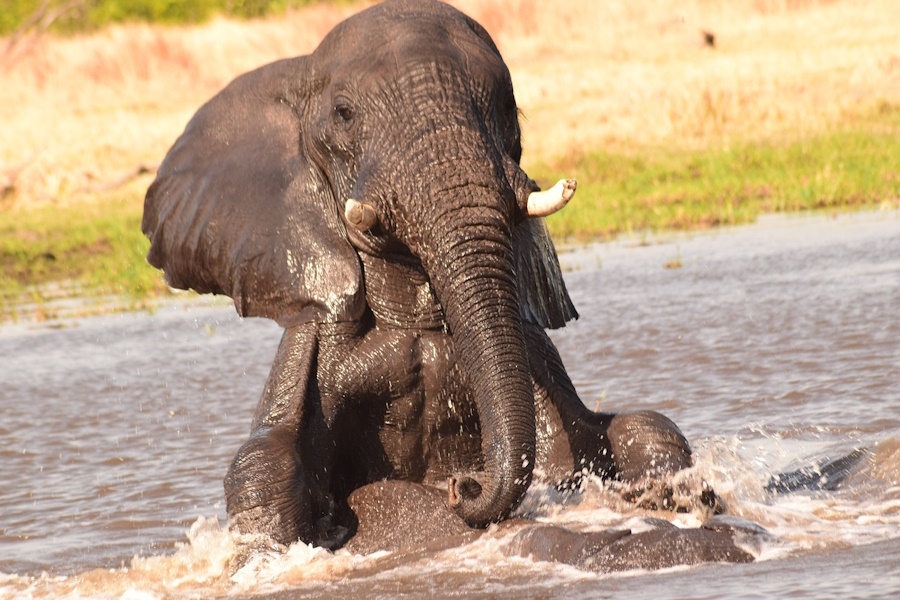
3. The Kalahari Desert Is Not Actually a Desert
Despite its name, the Kalahari Desert is not a true desert. It receives too much rainfall (between 5-10 inches annually) to be classified as such. Instead, it's considered a semi-arid savanna, supporting a diverse array of plant and animal life.
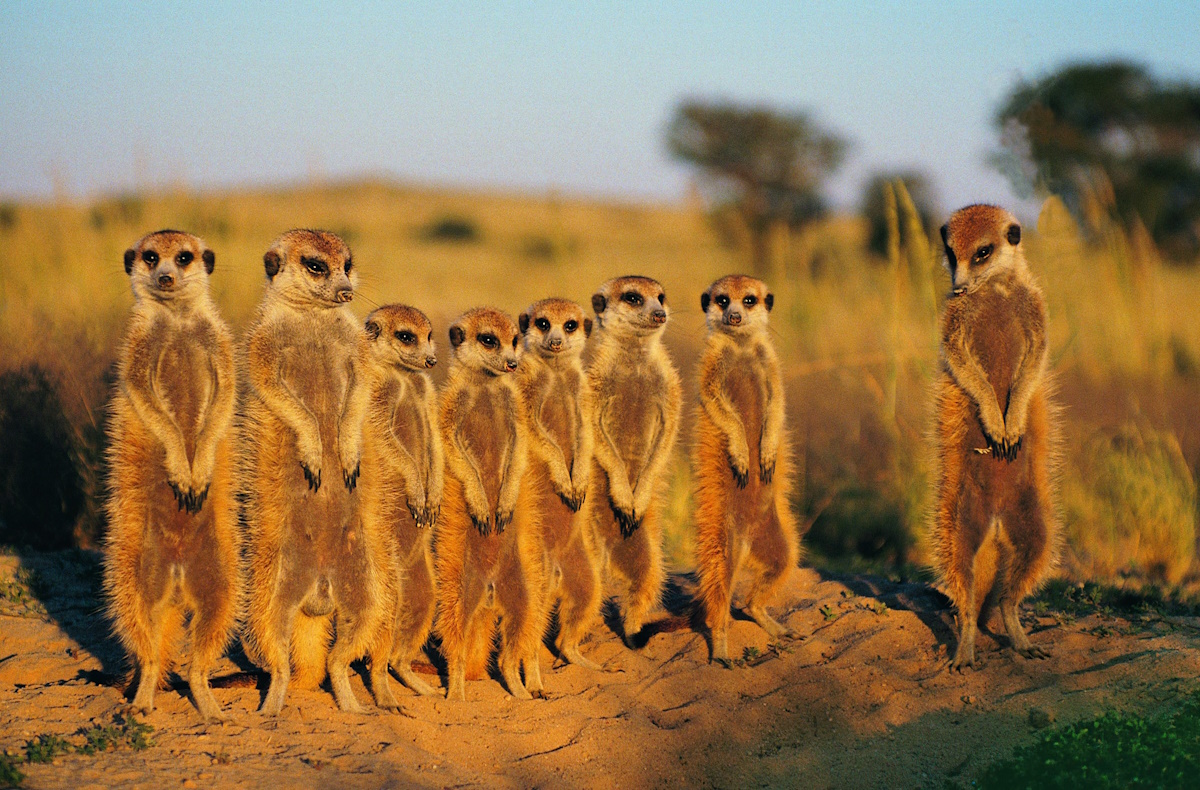
4. Botswana's Currency Is Named After Its Water
The currency of Botswana is called the Pula, which means "rain" in Setswana. In a semi-arid country where water is precious, this name reflects the value of rain to the nation. The subunit of the Pula is called "thebe," meaning "shield."
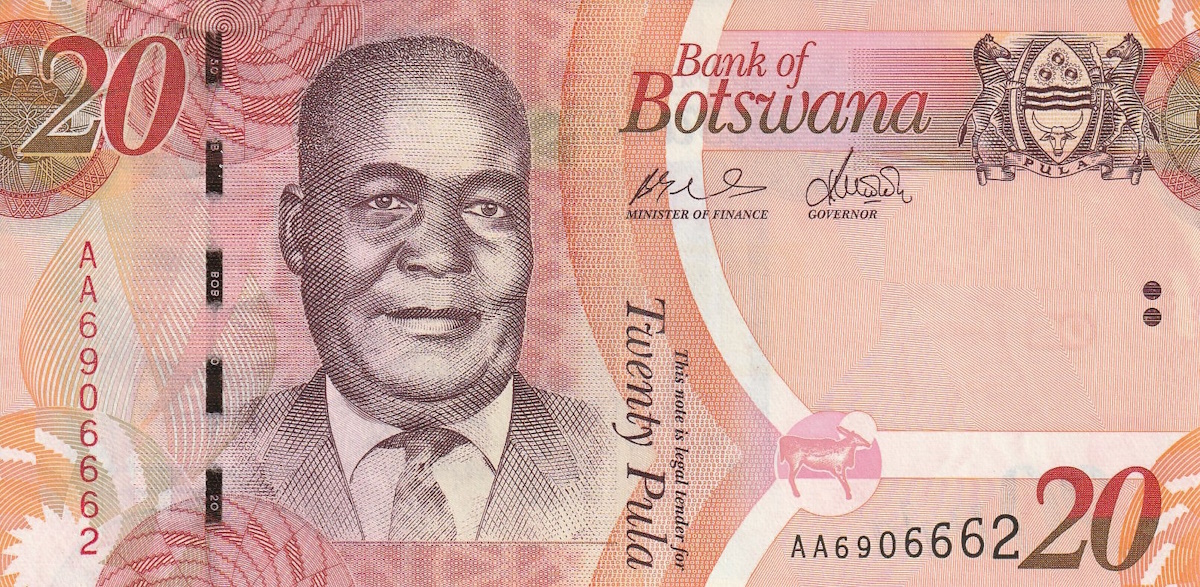
5. Botswana Is Home to the World's Largest Salt Pans
The Makgadikgadi Pans in Botswana form the largest salt pan system in the world, covering an area of approximately 12,000 square kilometers. During the rainy season, these pans fill with water, attracting thousands of flamingos and other migratory birds.
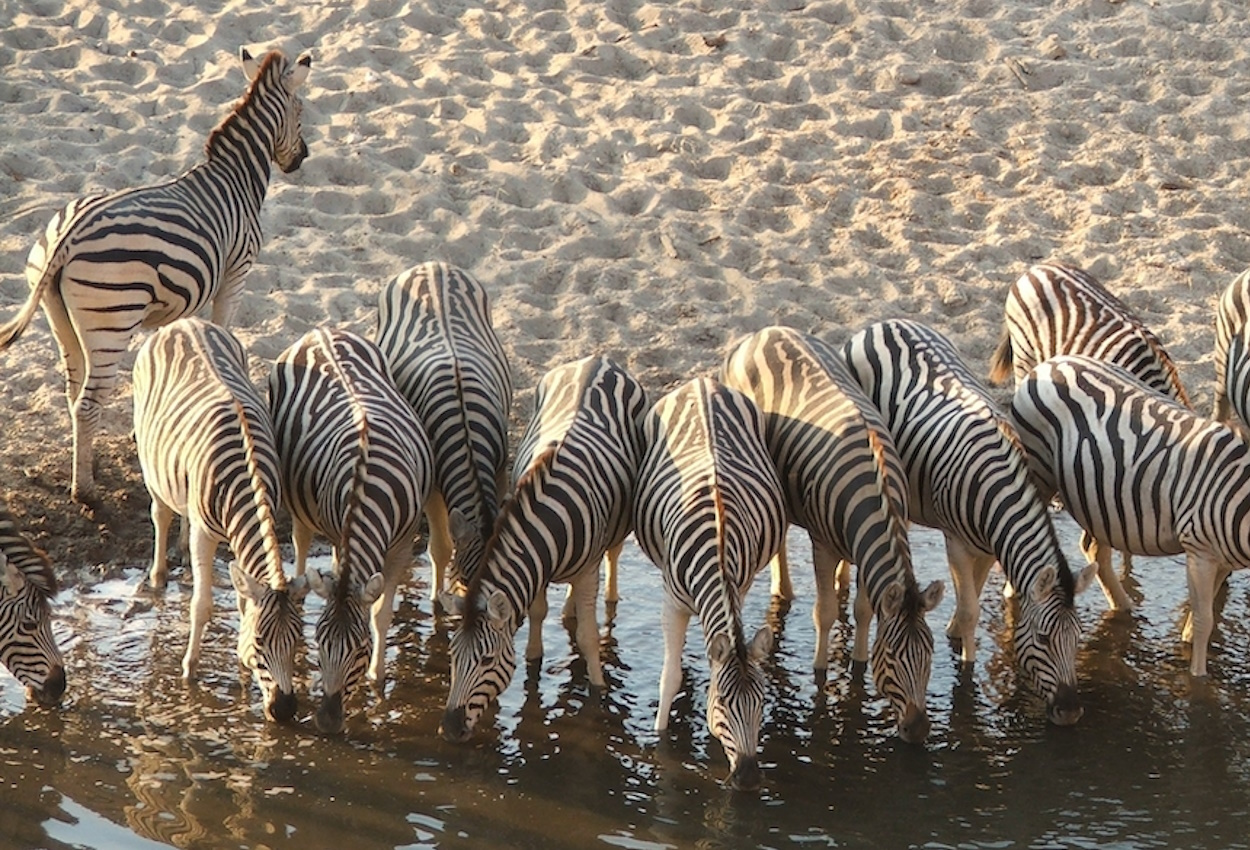
6. Botswana Is One of Africa's Most Stable Democracies
Since gaining independence from Britain in 1966, Botswana has maintained a strong democratic tradition. It's often referred to as the "African Miracle" due to its political stability, good governance, and economic growth. The country has never experienced a coup or civil war.
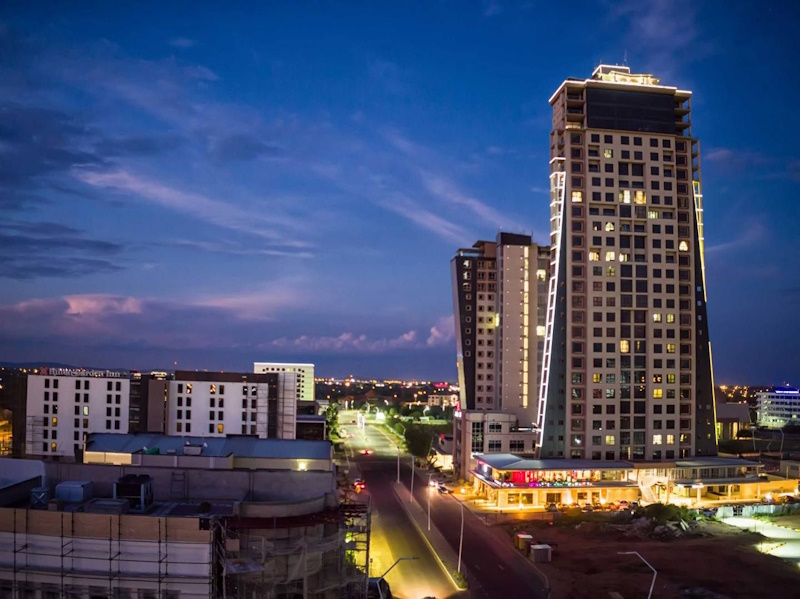
7. The Okavango Delta: A Unique Inland River Delta
The Okavango Delta is one of the world's largest inland deltas. Unlike most river deltas, it flows into the Kalahari Desert, creating a unique ecosystem that supports an incredible diversity of wildlife. It's often called Africa's last Eden.
